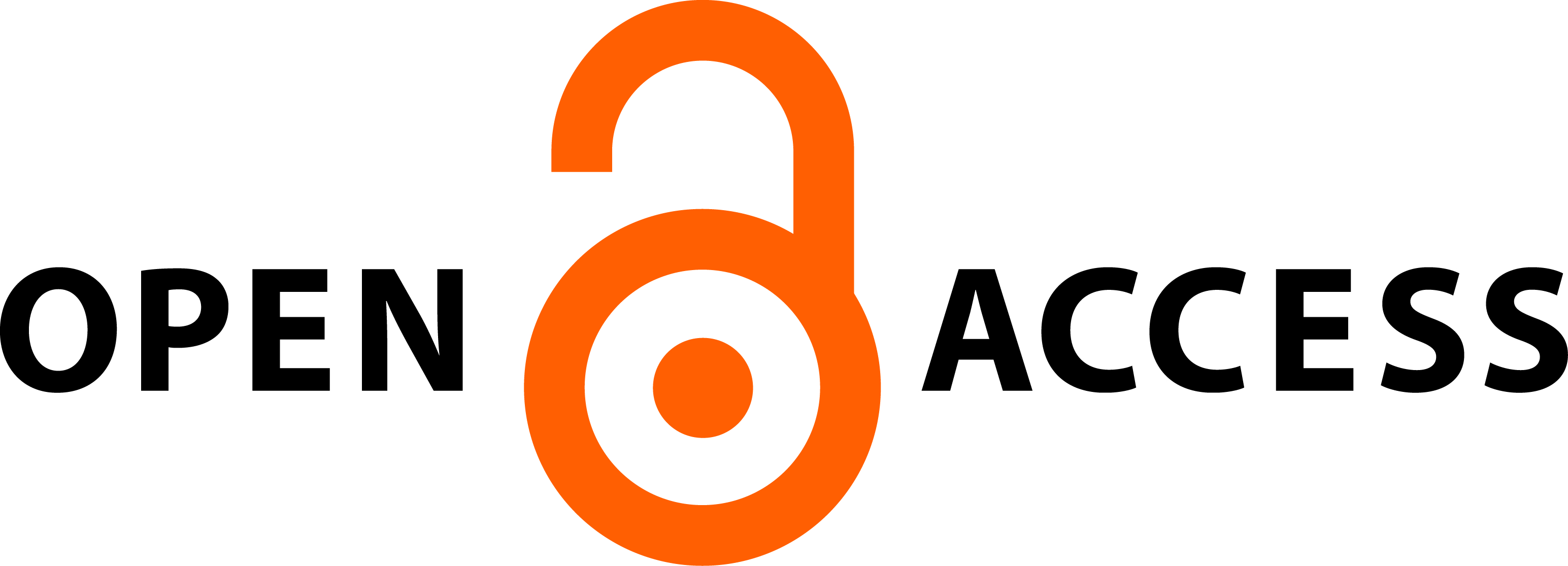ARCHÍV FELVÉTELEK MINT MEDIÁLIS ALAKZATOK BÓDY GÁBOR ÉS JELES ANDRÁS FILMJEIBEN
Absztrakt
Az archív felvételek elméleti diskurzusában elmozdulás észlelhető a rekontextualizáció paradigmájától a retorikai stratégia irányában. Ezen elmozdulás értelmében az archív felvételek nem pusztán a „valóságot” transzparens módon reprezentáló képek a film testében, hanem maguk is a reprezentáció alternatív modalitását képviselő alakzatok, amelyek termékeny feszültséget hoznak létre a képek interakciója során. A magyar neoavantgárd filmművészetben az archív felvételek kitüntetett szerepet kapnak. Mind Bódy Gábor, mind Jeles András számára az archív anyag a személyes szféra és a történelem konfrontációját jeleníti meg. A tanulmány az archív felvételek szerepét vizsgálja elsősorban Bódy Gábor Amerikai anzix (1975), valamint Jeles András Senkiföldje (1993) című filmjeiben.
Hivatkozások
Balassa Péter. 1993. Szépen, nyugodtan, egyszerűen. Filmvilág (11): 45‒47. http://www.filmvilag.hu/xista_frame.php?cikk_id=1295 (2015. máj. 10.)
Ballhausen, Thomas. 2008. On the History and Function of Film Archives. http://www.efgproject.eu/downloads/Ballhausen%20-%20On%20the%20History%20and%20Function%20of%20Film%20Archives.pdf (2015. ápr. 11.)
Barthes, Roland. 2000 [1980] Világoskamra. Jegyzetek a fotográfiáról. Ford. Ferch Magda. Budapest: Európa.
Belting, Hans. 2006. Valódi képek, hamis testek. Tévedések az ember jövőjével kapcsolatban. Ford. Nádori Lídia. In A kép a médiaművészet korában, szerk. Nagy Edina. 43–58. Budapest: L’Harmattan Kiadó.
Bolter, Jay David–Grusin, Richard. 2000. Remediation. Understanding New Media. Cambridge, MA – London, The MIT Press.
Chion, Michel. 1999. The Voice in Cinema. Ed. and trans. by Claudia Gorbman. New York: Columbia University Press.
Erdély Miklós. 1995. A filmről. Filmelméleti írások, forgatókönyvek, filmtervek, kritikák. Budapest: Balassi Kiadó – BAE Tartóshullám – Intermedia.
Gelencsér Gábor. 2004. Önagyonfilmezők. Bódy, Erdély, Jeles. In Né/ma? Tanulmányok a magyar neoavantgárd köréből, szerk. Deréky Pál és Müllner András. Budapest: Ráció Kiadó. http://www.tankonyvtar.hu/hu/tartalom/tkt/ne-ma-ne-ma/ch14.html (2015. ápr. 10.).
Murai András. 2009. Emlék-nyom-követés. Az archív felvételek stílusalakzatai. In BBS 50. A Balázs Béla Stúdió 50 éve, szerk. Gelencsér Gábor. 115–127. Budapest: Műcsarnok, Balázs Béla Stúdió.
Pethő Ágnes. 2009. (Re)Mediating the Real. Paradoxes of an Intermedial Cinema of Immediacy. Acta Universitatis Sapientiae, Film and Media Studies Vol. (1): 47–68.
Portuges, Catherine. 2012. Jewish Identities and Generational Perspectives. In A Companion to Eastern European Cinemas, ed. Anikó Imre. 101‒124. Wiley‒Blackwell.
Sobchack, Vivian. 1999. Toward a Phenomenology of Nonfictional Film Experience. In Collecting Visible Evidence, eds. Michael Renov and Jane Gaines. 241–254. Minneapolis: University of Minnesota Press.
Sobchack, Vivian. 2004. The Charge of the Real: Embodied Knowledge and Cinematic Consciousness. In Carnal Thoughts: Embodiment and Moving Image Culture, 258–285. Berkeley–Los Angeles–London: University of California Press.
Wees, William C. 1993. The Art and Politics of Found Footage Films. New York: Anthology Film Archives.
Yeo, Rob. 2004. Cutting through History. Found Footage in Avant-Garde Filmmaking. In Cut: Film as Found Object in Contemporary Video, ed. Stefano Basilico. 13–27. Milwaukee, MI: Milwaukee Art Museum.








